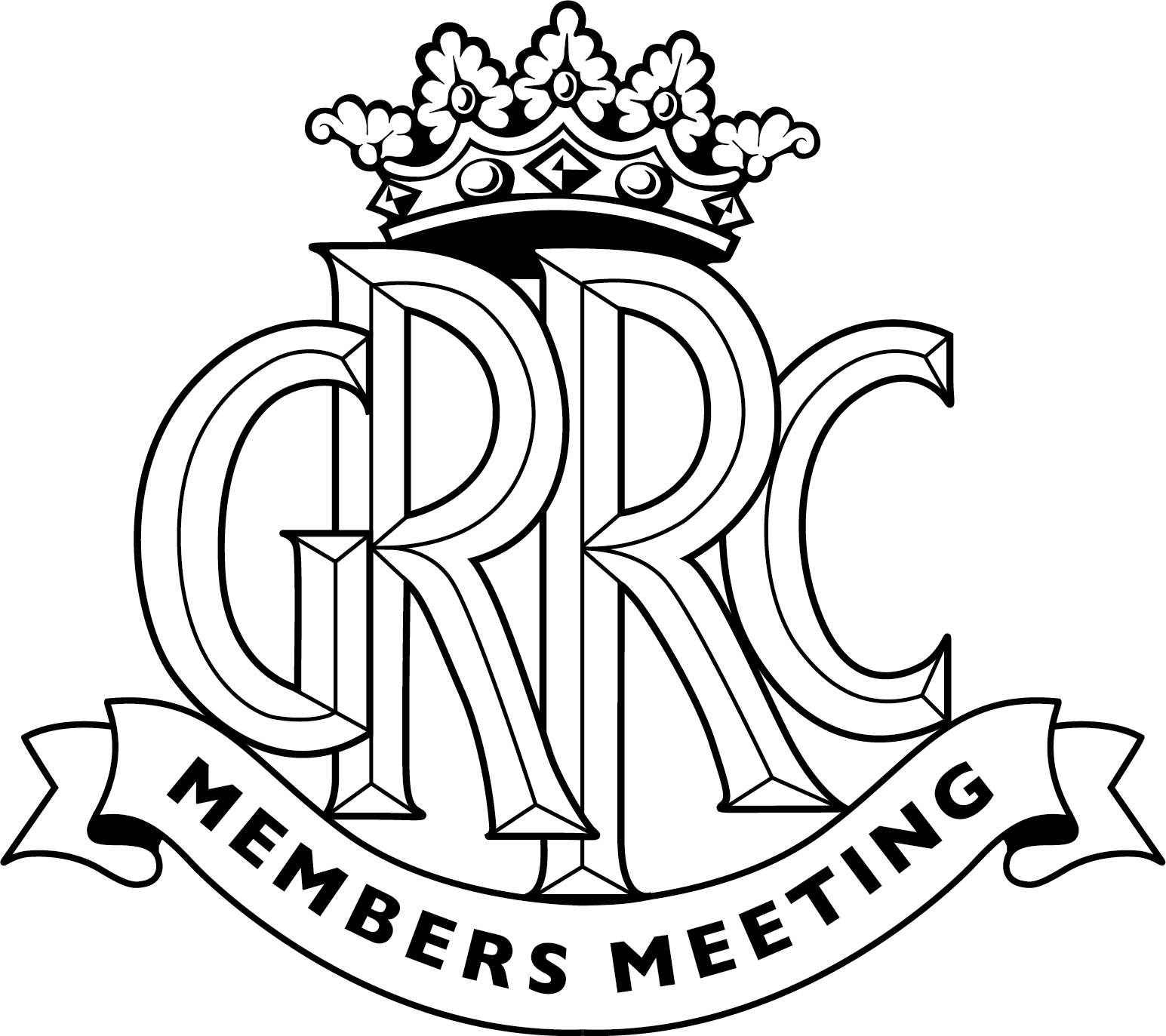Lotus 49 meets Cosworth DFV: F1’s classic collaboration remembered 50 years on
The Lotus 49 and Ford Cosworth DFV moved Formula 1’s technical goalposts onto another pitch 50 years ago. And we’ll be celebrating this legendary chassis/engine partnership at the Festival of Speed presented by Mastercard.

A ‘simple bracket’ of a car and £100,000 from Ford – a fraction of its concurrent Le Mans budget – was all Colin Chapman and Keith Duckworth needed to change Formula 1 forever.
This opinionated pair had worked together for 10 months during 1957-’58, which was long enough to know that no factory, let alone Lotus’ Fine Limits Engineering Shop, i.e. a shed in a Hornsey yard, was big enough to contain them both – and that they complemented rather than complimented one another. Having jumped out of mesh over the problematic ‘queerbox’ gearbox, they would almost 10 years later introduce a new word to the motorsport lexicon: integration.
This week marks the 50th anniversary of Jim Clark’s keynote victory in the Dutch Grand Prix at sandy Zandvoort: the birth of ‘packaging’ that was F1’s Sgt. Pepper moment. Just four bolts married Cosworth Engineering’s compact DFV V8 – wider than it was long and sufficiently sturdy to bear the suspension’s loads – to Team Lotus’ monocoque Type 49: simplicity and lightness were the common ground of the Duckworth-Chapman relationship.
They had been in cahoots on this equal-partner project since the February 1965 announcement that Coventry Climax, provider of the bolt-on power that had allowed Britain’s garagisti to maximise their chassis and suspension expertise, could neither afford the expense nor time to design, build and develop a 3-litre for the new formula. Whereupon the persuasive Chapman used his influence at Ford – boosted greatly by Clark’s sea change victory for the Blue Oval in that year’s Indy 500 – while the abrasive yet more considered Duckworth pondered long and hard before committing pen to his first clean-sheet design.

The latter’s Ford connection stretched back to 1959 and included the Anglia- and Cortina-based power units that had dominated Formula Junior – from Clark’s first Team Lotus victory, at Goodwood in March 1960 – and the subsequent 1-litre formulae 2 and 3. Duckworth’s next step – the first towards DFV – was a 1600cc four-cylinder for the new F2 of 1967. FVA, funded by Ford’s initial instalment of £25,000, featured the familiar bottom end but was topped by Duckworth’s own four-valve twin-cam head design. Peugeot had proved the performance benefits of this arrangement as long ago as 1912, but many had since proved that it was neither a sinecure nor a guarantee of success. Duckworth, however, swapped the usual hemispherical combustion chamber for a shallow pent roof with a valve-included angle narrowed to an unfamiliar 40 degrees.
This intuitive engineer got it right first time. Though it’s well wide of the mark to suggest that DFV is a pair of coupled FVAs – there was surprisingly little carry-over – Duckworth had by early 1966 proved its principles and valve gear. Then, late in August, he settled to seven months of concentrated effort, holed up at home with slide rule, logarithm tables, set squares and protractor, and existing on a diet largely of steak and cabbage that helped him shed 40lb.
Lotus, too, was going through a lean spell in that maiden year of 3-litre F1, existing on a ‘stretched’ 2-litre V8 cajoled from Climax while awaiting the arrival of BRM’s overblown H16: the antithesis of Duckworth’s approach. Just one victory came outgoing world champion Clark’s way, the Scot coaxing H16 to its only GP win, at America’s Watkins Glen in October.
The new car and engine couldn’t come soon enough.

Cosworth’s first drawings – guides to integration – had arrived at Lotus in July and 49’s design was begun immediately. Maurice Phillippe, one of several de Havilland engineers tempted by the variety and immediacy of motor racing’s challenges, was in charge. Like Chapman, he had caught the racing bug and earned his chops in the 750 Motor Club during the 1950s, his self-built MPS featuring an ambitious and advanced stressed-skin monocoque.
“Maurice was very good,” says assistant draughtsman Geoff Ferris, later a designer at March, Brabham and Penske. “I learned a lot from him. And although Colin was hard to deal with, at the same time I always felt that he was very fair. Though he always wanted something made lighter than you felt you ought, I was very happy at Lotus. You were always looking for something new, to set trends rather than follow. One of the most interesting and exciting times of my career.”
Renowned for a pressure cooker environment, Team Lotus was extra busy, its lock, stock and barrel move from North London to Hethel in Norfolk ramping that default buzz. Charged with cutting a swathe of organisation, chief mechanic Dick Scammell was the vital link between Phillippe’s department and the 49’s fabricators Roy Franks and Colin Knight, plus assigned mechanics Leo Wybrott, Dougie Bridge and Dale Porteous. Not until December, however, was Phillippe able to give the project his undivided attention.
Duckworth, in contrast, could think of nothing else and had to be chivvied, occasionally chided, by fellow director Mike Costin, who had until 1962 been Chapman’s right-hand man but was now firmly established, in body as well as partial name, at Cosworth. Their details drawn by Mike Hall, Roy Jones, Peter Stemp and Paul Sherman-Erpe, the parts necessary for George Duckett’s gradual build of DFV’s prototype began to emerge from Ben Rood’s machine shop. Its valve angle narrowed further (to 32 degrees) to increase the compression ratio, the finished article immediately exceeded its target – 408bhp on the dyno – as well as giving an indication of the lubrication problem that would cause it to miss its original Monaco GP deadline.

On May 8th, the Monday after Monaco, 49 – a purist’s delight before the advent of advertising decals and wings – was rolled out at Hethel: “You were so involved trying to get all the work done so quickly that you never realised that it was going to be outstanding,” admits Ferris. Duckworth, though, reckoned it a beautiful little car. Though his co-conspirator’s methods infuriated him – Chapman’s use of rectangles labelled ‘engine’ on his ‘napkin’ sketches was a bugbear of Duckworth’s – he wasn’t blind to the conceptual genius that underscored them.
But nor was test driver Costin blind to the monocoque’s structural shortcomings, suspension mounts kinking and wrinkling its skin over Snetterton’s ridged concrete surface. Car and engine would, therefore, feature quick fixes that were anathema to their designers.
Not until Tuesday May 23rd was Graham Hill, the new member of Ford’s ‘F1 super team’, summoned to Snet’ to test the car. He pronounced it, “Not a bad old tool. It’s got some poke.” Even so, the to-do list, issued three days before the departure for Holland, ran to more than 80 items.
Though integration was getting better all the time, it was in need still of a little help from its friends.
Photography courtesy of LAT Images
Lotus
Cosworth
DFV





